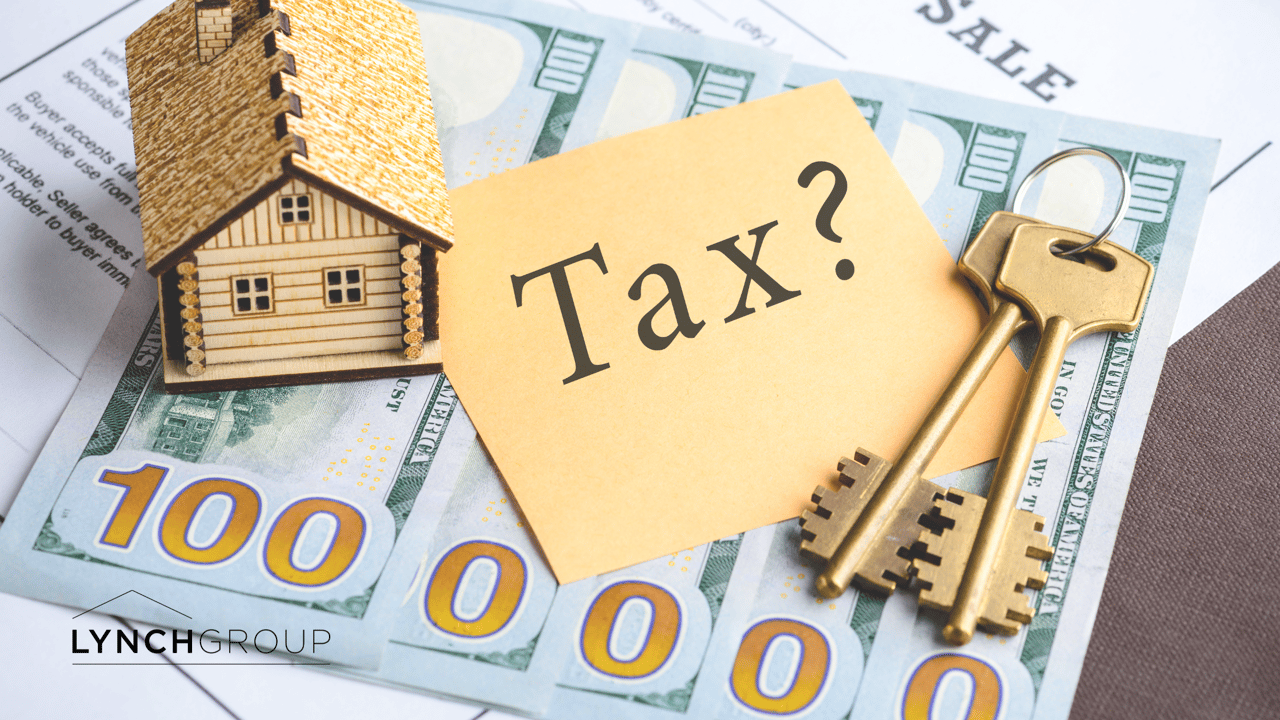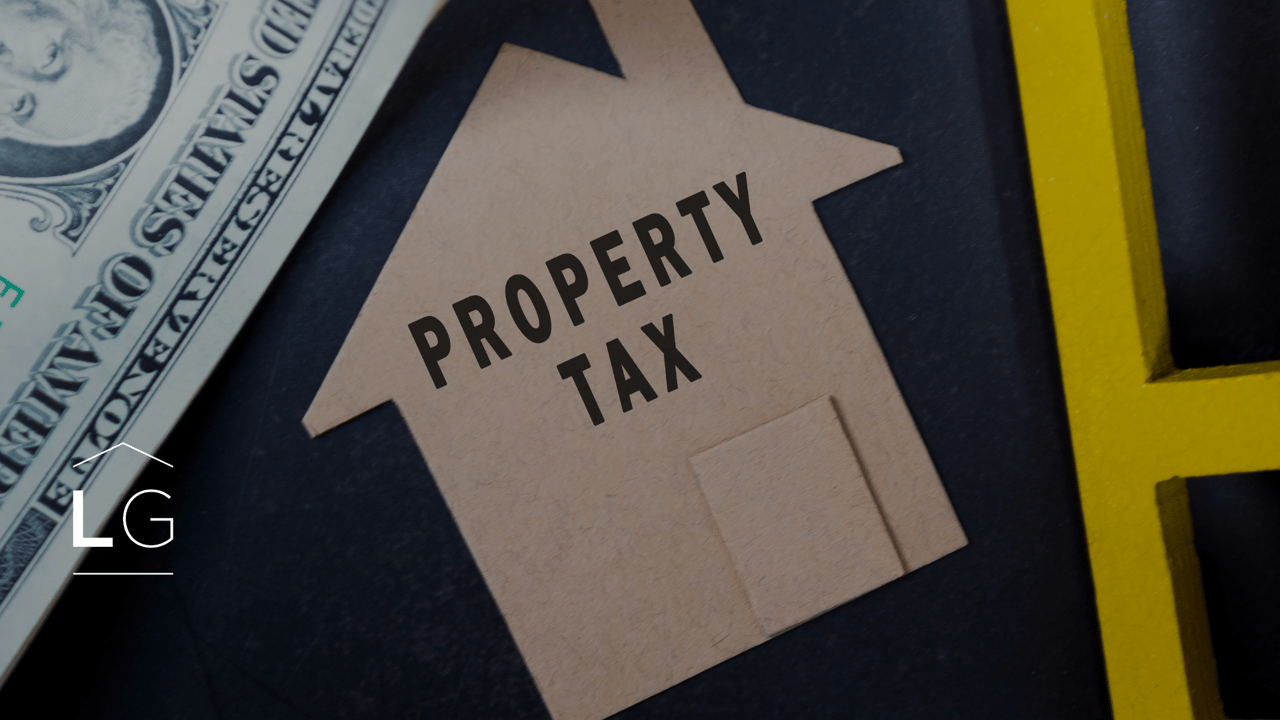15 Clever Real Estate Prospecting Ideas To Boost Your GCI
A real estate prospector doesn’t sit around and wait for the phone to ring. Instead, they reach for the phone or knock on doors and initiate contact with potential clients. Real estate prospecting is, after all, the act of generating new real estate clients through active outreach and outbound communication.
Ready to level up your real estate prospecting? We’ve got some expert prospecting tips and advice from top producers in real estate that will help you generate more business—starting today!
1. Learn the Art (& Science) of Real Estate Prospecting Letters
The first tool in a real prospector’s toolkit is the prospecting letter—a fantastic tool that serves several purposes:
- It conveys a lot of information (like a neighborhood comparative market analysis or CMA).
- It’s an easy way to introduce yourself and soften the ground before a phone call.
- It’s effective: hand-addressed letters are read more often than a marketing postcard.
Though prospecting letters are great, they’re not all created equal. Think of a prospecting letter as the start of a relationship with a potential client that can take you all the way to closed deals and increased gross commission income (GCI).
Make sure your prospecting letters are personalized, professional, and authentic. Your goal is to demonstrate your value and prompt prospects to reach out—so include a motivational call to action.
2. Base Your Real Estate Prospecting Decisions on Data
Realtors who use data to guide their decision-making are going to come out ahead when it comes to real estate prospecting. Be sure to track what you’re doing, what’s working, who you’re targeting, your rates of response—basically everything.
If you can stay focused on what the data tells you is working, you’re going to be more efficient, close more deals, and ultimately, boost your GCI. Here’s what California real estate broker and marketing guru Marc Azfal had to say on the topic:
“When you’re real estate prospecting, make sure you’re tracking your results very carefully. If there’s a particular strategy that connects with your prospects well, leverage that strategy and focus more on it, even if it’s relatively uncomfortable.
“That neighborhood garage sale you sponsored was time-consuming and required a lot of face-to-face prospecting, but it netted you three new clients. Even though the garage sale took longer and was more difficult, it’s clearly the way to go.” Marc Azfal, Real Estate Broker.
3. Remember, You’re Providing Value to Your Community
We hear new agents say they don’t want to “bother” anyone with cold calls or door knocking. Yet the reality is, you’re actually providing value to your community.
When you reach out to potential buyers and sellers, letting them know about your services and expertise, you’re also making them aware of their real estate options. Remember, you’re the professional. You’ve received specialized training to help your clients make the best real estate decisions possible.
Have confidence in your contribution to the community and be the expert who helps clients navigate buying and selling.
4. Make Your Weekly Goals About Work & Your Long-term Goals About Results
Prospecting is a lot of hard work and it’s easy to feel like you’re not getting anywhere. Make your weekly prospecting goals about the work you’re doing (the number of calls you make, the number of texts you send, the number of doors you knock on). Center your six-month goals around the amount of business you close.
This high-level thinking will keep you motivated and focused on big-picture goals, like increasing your GCI, and not the minor setbacks.
A real estate prospector doesn’t sit around and wait for the phone to ring. Instead, they reach for the phone or knock on doors and initiate contact with potential clients. Real estate prospecting is, after all, the act of generating new real estate clients through active outreach and outbound communication.
Ready to level up your real estate prospecting? We’ve got some expert prospecting tips and advice from top producers in real estate that will help you generate more business—starting today!
5. Use REDX to Improve Your Real Estate Prospecting Efficiency
Just a few years ago, real estate prospecting involved a huge amount of grunt work. You’d have to gather addresses for mailers and scrounge through various less-than-reputable websites to try to find phone numbers. These days, we have dynamic software that does the heavy lifting for you—all you need to do is polish those scripts.
REDX is a prospector’s best friend because they give you all the information you need: owner profiles on every Expired Listing, FSBO seller, and more. Plus, their built-in Power Dialer automates your calling, making your phone prospecting up to 400% more efficient.
6. Use Circle Prospecting to Get More Out of Every Listing or Sale

Circle prospecting means reaching out to about 30 homeowners who live nearest to your latest listing or recent closing. Let them know there’s real estate activity happening, and that there’s an opportunity for them to get in on the action.
We love this one-two-punch strategy for circle prospecting:
The moment a listing goes live (or a sale closes), get a postcard or letter in the mail alerting your community of the activity.Follow up with a phone call (or, if you’re feeling bold, a door knock) the day after delivery to start the conversation.
Consider Tampa Realtor Christina Griffin’s circle prospecting success. In one day, she generated 200 leads. Think of the potential impact on her GCI.
The only problem with circle prospecting is that it can be time-consuming. Letters and postcards can be prewritten, but phone calls take time—time a lot of agents and teams just don’t have to spare.
To solve this problem, we suggest RealQualified’s team of highly trained inside sales agents (ISAs) who can do the calling for you and qualify leads—making sure that the leads you spend your time with are ones who are genuinely interested in an appointment.
7. Create a Lead-generating Website
Real estate prospecting is easier if people are already familiar with who you are and what you do. Join 70% of fellow Realtors and create a professional website that provides visitors with information about selling a home in your community, an opportunity to search for properties currently listed for sale, and a way to contact you with questions.
You’ll be setting yourself up for easier conversations and higher conversion rates when you actually get to speak to your prospects directly.
8. Follow Relevant Hashtags on Social Media
Prospecting isn’t all about cold calling and mass mailers—it’s about starting (and then cultivating) a relationship with people who you think are soon to be either buyers or sellers, either now or in the future. Using hashtags to connect with your social media audience is a great way to build this relationship, plus, posts with hashtags generally see as much as 29% more engagement. Manhattan real estate expert Claudine O’Rourke explains:
“When I see a baby bump or a stroller, I know there’s a potential client who needs more space! So, not only do I engage in any way I can in person, but I engage on Instagram with those in my sphere who are posting about being a new mom. As a mom myself, I can relate. Instead of offering mommy advice, I offer NYC real estate advice. #nycmoms.”
9. Dedicate Your FIRST 90 Minutes Each Day to Real Estate Prospecting
Your real estate prospecting efforts will only be as successful as they are consistent. Prospecting is a lot of work (and has a lot of potential reward), so thinking that you’re going to get your prospecting done in just a couple of minutes a day simply isn’t realistic.
Successful real estate agents set aside 90 minutes every day and dedicate those to prospecting. Those who can commit to a regular schedule will be amazed at the results that seven-and-a-half hours of prospecting each week will yield.
In fact, according to a Baylor University study, it will take an investment of approximately 7.5 hours to complete 209 calls, leading to a return of one qualified appointment or referral. That’s 7.5 hours invested to earn one new potential client—a pretty impressive return on investment that may just boost your GCI.
10. Call Expired Listings—Every. Single. Day.
Expired Listings are golden opportunities for real estate prospectors. After all, these owners have raised their hand and said, “I want to sell my home!” For one reason or another, their home didn’t sell, but chances are, they still want to find a buyer.
The only question is whether you or some other more effective agent will earn their listing. Before you get an expired listing owner on the phone, have the background information on their property. How much was it listed for? Was it priced right? Was it marketed correctly? Be ready to overcome objections and move quickly.
Remember, almost 40% of expired listing homeowners relist with a different agent, which means you have an excellent chance of being their chosen agent and closing a deal.
11. Call FSBO Sellers—Every. Single. Day.
Just like Expired Listing sellers, FSBOs are fantastic prospects because they are sellers who have already shown that they want to sell their home. Convert these FSBOs and you’ll be looking at more deals and a booming GCI.
However, your strategy will be different with FSBO owners than it is with Expired Listing sellers because they are convinced (or at least they claim to be) that they don’t need a real estate agent to sell their home. Either that, or they don’t want to pay a commission. You’d think that these folks would be impossible to convert, but you’d be wrong. Usually, all it takes to win these listings is a savvy pitch and then persistent follow-up. Statistics reveal that FSBO homes tend to sell for 5.5 to 26% less than homes sold by a Realtor, so make that part of your pitch.
12. Stop Fearing the Word ‘No’
According to the aforementioned study done at Baylor University on real estate cold calling, it takes an average of 209 calls to set an appointment or get a referral. For those of you with a fear of rejection, the takeaway here is that you’re going to have to endure 208 gut-wrenching “no’s” before you finally get a yes.
For those of you who have already gotten over your fear of “no,” this statement is music to your ears. It means that for every “no” you get, you are quantifiably closer to a “yes.” It means that if you can make 627 calls in a week, you’re going to get three appointments out of that hard work.
13. Get Some Face Time With Your Real Estate Prospects
If real estate prospecting is about establishing a relationship with potential buyers and sellers, there’s no better way to take that relationship to the next level than a little face time. Buyers and sellers crave connection on a deep level and the trust that comes with it. A solid relationship with a client increases your chances of closing a deal. It’s as simple as that.
Just shaking hands with someone you’d like to do business with is a powerful experience, as explained to us by one of California’s leading commercial real estate experts, Hans Hansson:
“Keeping your face in front of your current decision-makers, as well as getting it in front of any new decision-makers, is a must for real estate prospecting.
“In the commercial world, I’ve learned the hard way that I could have worked miracles for a client, but the decision-maker had been replaced, and since I didn’t have any face-to-face time with a new decision-maker, they wouldn’t have a clue as to the great work I’ve done in the past. The same idea can be applied to residential real estate.
“People need to see your face; they need to shake your hand in order to really establish a relationship so you become their go-to real estate resource.”
14. Use Video Marketing to Soften Your Prospects
Prospecting letters aren’t the only way to soften a particular set of potential clients. Not surprisingly, 73% of homeowners say they’re more likely to list with a Realtor who uses video to sell property. If you can master video, you’re ahead of the game. Social media advertising provides some very specific targeting tools that you can use to expand your reach and close more deals.
Texas-based real estate expert Evan Roberts told us:
“YouTube Ads now allow real estate agents to run video advertisements within a specific geographic farm area. We found that recording testimony videos from past clients and running these videos as YouTube Ads to be a great way to build brand awareness within our farm area.
“Using YouTube’s targeting features, we were able to reduce our audience size to only homeowners and those likely to buy a house in the near future. YouTube Ads have been cost effective for our marketing efforts since they cost 3 to 5 cents per view and are targeted to only be shown to qualified, potential clients.”
15. Create Facebook Groups Your Prospects Will Join
Social media is popular, but it’s not the easiest place to prospect unless you know what you’re doing. In fact, studies show that in 2022, an organic business post only sees 0.07% engagement. But that doesn’t mean that you can’t prospect profitably on Facebook. After all, 1.8 billion people use Facebook Groups every month. For example, let’s look at the strategy used by Will Friedner, broker with Glacier Sotheby’s International Realty:
“We’ve had great success using Facebook Groups to generate real estate leads. I now have four real estate Facebook Groups around the state of Montana with a total membership of over 30,000 people (almost 3% of this state’s population). These groups now account for over 50% of my business.”
CLICK HERE TO READ SEE THE ORIGINAL ARTICLE








































































































